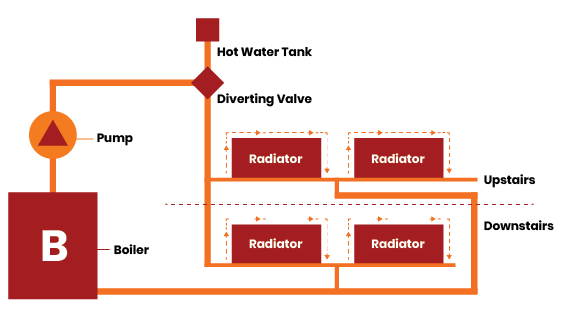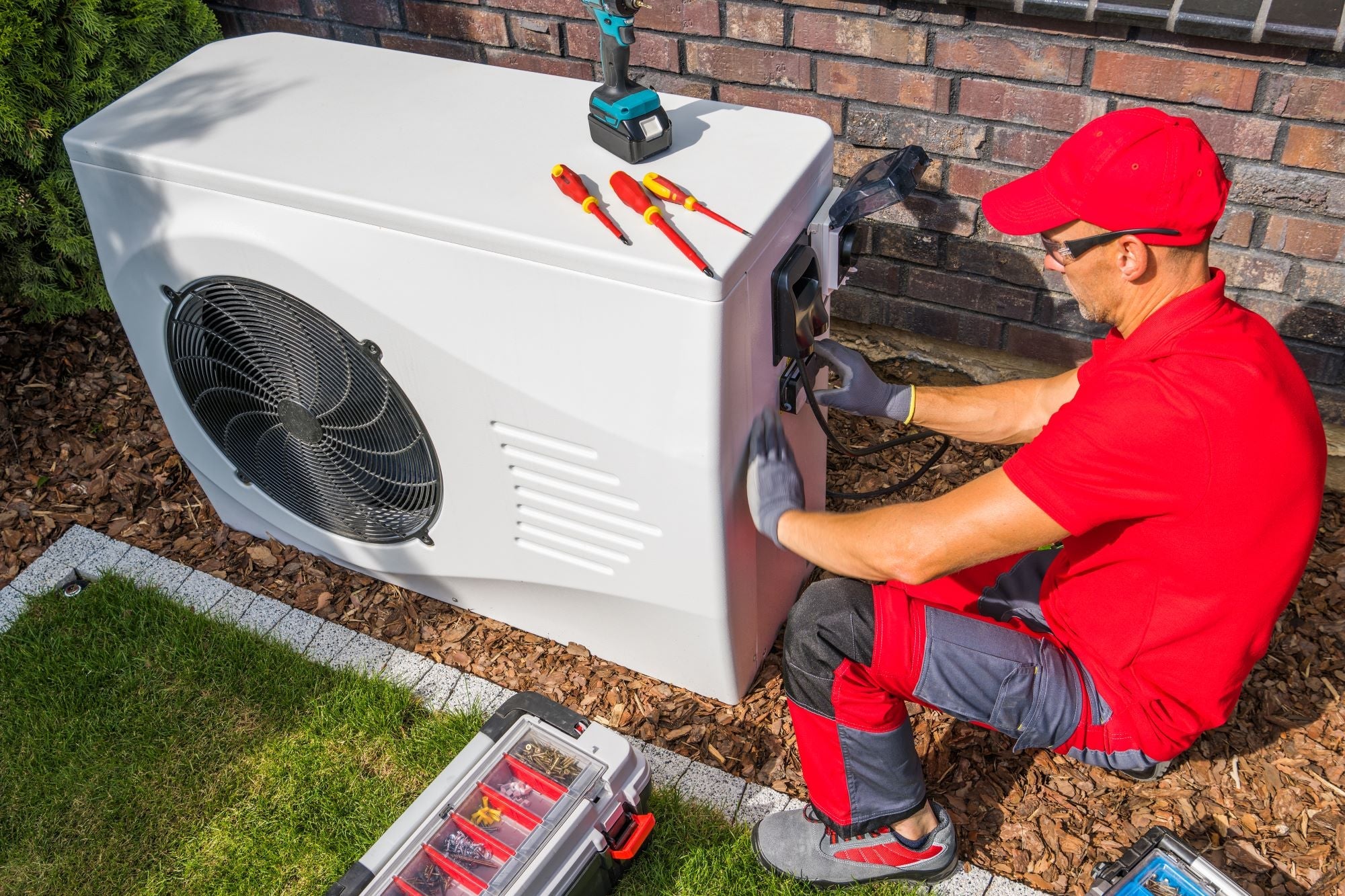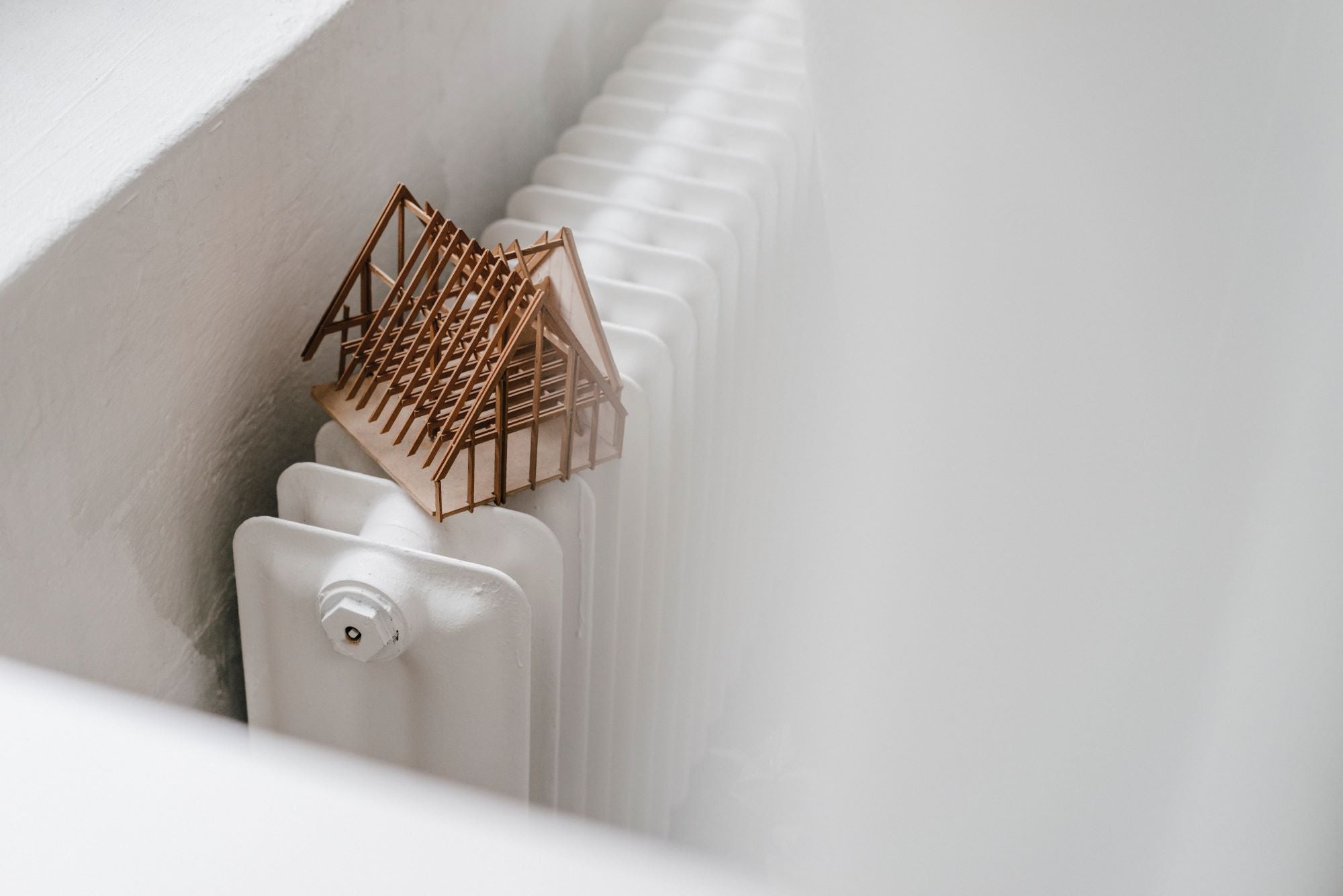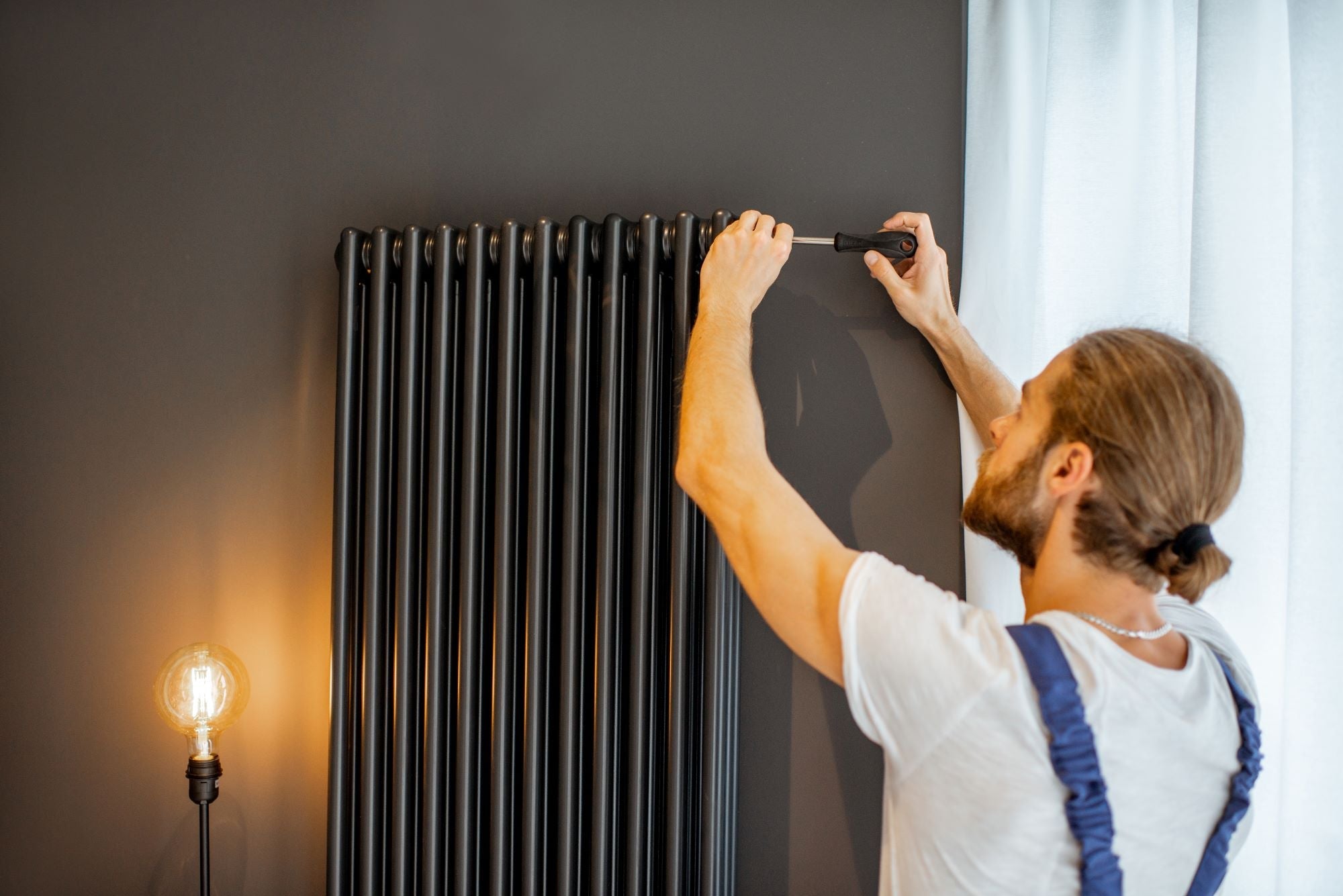
The Simple Guide to Balancing Radiators
What is balancing radiators?
All heating systems - particularly two-storey systems - need to be balanced. To balance a heating system simply means to distribute the flow from the boiler and the pump throughout all the radiators in your home. Balancing radiators can be carried out by redirecting the heat in your radiators to flow around each radiator, as opposed to just one and then back to the boiler. Sound complicated? Let’s break it down before we dive into the step-by-step process of balancing radiators...
How does a heating system work?
Before you can balance your radiator, you need to have a sound understanding of exactly how heat flows through your house. The diagram below shows how heat moves around your home.
The heat that warms your radiators and water comes from your boiler, where, through the pump, it passes through the diverting valve, which is where the heat goes in one of two directions. One side leads to your hot water tank - where you get your source of hot water for things like showers and washing up. The other side leads to your radiators, allowing you to have heat in all areas of your home.
For simplicity, we’ve only included two radiators on each floor, but of course, in reality, a home may have a radiator in every room. Radiators all have common returns, meaning that they’ll all return their heat back to your boiler. However, this is a problem, because of the way that heat moves throughout your home, and we want the heat to be distributed evenly throughout the house.
Why balancing radiators is important
We all know that heat rises, right? Well, that’s also the case with your heating system. Heat and hot water naturally want to stay at the top of your heating system, which can often mean upstairs. In other words, the radiators at the top of your heating system (most probably the radiators upstairs and closest to the boiler), will likely receive a lot of the heat flow, which can leave the other radiators in the system lacking in heat This doesn’t bode well, as we want heat in all areas of the house.
It’s all down to the way that heat tends to flow around the system. The radiators first in line will receive a great amount of heat, then simply return that heat back to the boiler, rather than onto the other radiators in the house.
Another reason you may need to balance your radiators is that one of your radiators isn't working. This radiator is often on the edge of your heating system, and it could be being starved of heat because heat isn’t being distributed evenly throughout your home.
Balancing your radiators includes using the lockshield ends of our radiators to push the flow of heat to the other radiators in the house. We can do this periodically with each radiator in the house, until the flow of heat is reaching each and every rad in your home. This process may seem daunting but it’s actually relatively easy to do. All you need is a simple and clear set of instructions.
To bleed or to balance?
When your radiators are not working you have two options: bleeding your radiators or balancing them. Bleeding your radiators is good for when a single radiator in your home has cold spots, or it doesn’t fully heat up, but balancing them is the right thing to do if one or more of your radiators doesn’t heat up at all when the heating is on. If you need to bleed your radiator, then you can find a simple step-by-step guide here. It’s also recommended that you bleed your radiators before balancing your system, as you’ll get a more accurate temperature reading from them.
What you’ll need
Before you start the process of balancing your radiators, there are a few things you need to have close by...
1. Radiator bleeding key 2. Lockshield valve adjuster or adjustable spanner 3. Screwdriver 4. Digital thermometer
How to balance radiators
1. Get to know your heating system
First things first, you need to get to know your heating system. When balancing radiators, you need to balance your rads from the closest to the boiler to the furthest away. The next few steps will help you to do so.
2. Turn off the heating
This step is necessary so you can work out which order your radiators heat up in. You’ll need to wait for all your radiators to cool down before moving onto the next step.
3. Open the valves
Open up all the valves in your house by turning them anti-clockwise. You may need your lockshield valve adjuster to open the lockshield valve, and a spanner to open any older style radiator valves (on the opposite side).
Many radiators nowadays come with thermostatic radiator valves, which are easily turned by hand.
4. Turn the heating back on
After you’ve opened the valves up, whack the heating back on and make note of which order the radiators heat up in. Usually, you’ll find that the radiators closer to the boiler will heat up first. Take note of which ones heat up first, as that’s the order you’ll be balancing in.
5. Turn the heating back off
You’ll need to wait for them all to cool down again before starting the balancing process. This is because you want to get an accurate temperature read on your rads as you balance them.
6. Turn the heating on, again
This is where things get moving a little. With your heating back on and the valves all open from before, head to the first radiator (the one closest to the boiler) and get your balance on.
7. Turn the lockshield end to balance the radiator
For this step, you need to completely turn the lockshield valve off using the lockshield valve adjuster or spanner, turning it clockwise. Once it’s completely shut, you can then turn it a quarter or half-turn back. It will then heat back up again, and once it reaches your desired temperature, you can move on to the next.
What this does is distributes the flow between this radiator and the next one in line. Where usually the heat would return to the boiler, using the lockshield valve pushes the heat through to the next radiator.
8. Check the temperature
To ensure that the radiator has been balanced, you need to check the temperature. First, using your thermometer, take the temperature at the pipework near the lockshield valve, then take the temperature at the pipework at the other end of the rad near the thermostatic valve. As long as there is exactly a 12-degree temperature difference between the two sides, you’re good to go. If not, you may need to adjust the position of the lockshield valve you turned before to achieve this.
9. Continue this process on each radiator
Repeat the steps on each radiator until you reach the radiator at the end of the heating system. Once this has been balanced, give yourself a pat on the back, because you’ve just successfully completed the balancing radiators challenge!
Looking for something else?
If you’re still stuck or need some extra advice, then get in contact with our team, or why not take a look at some related products below.










